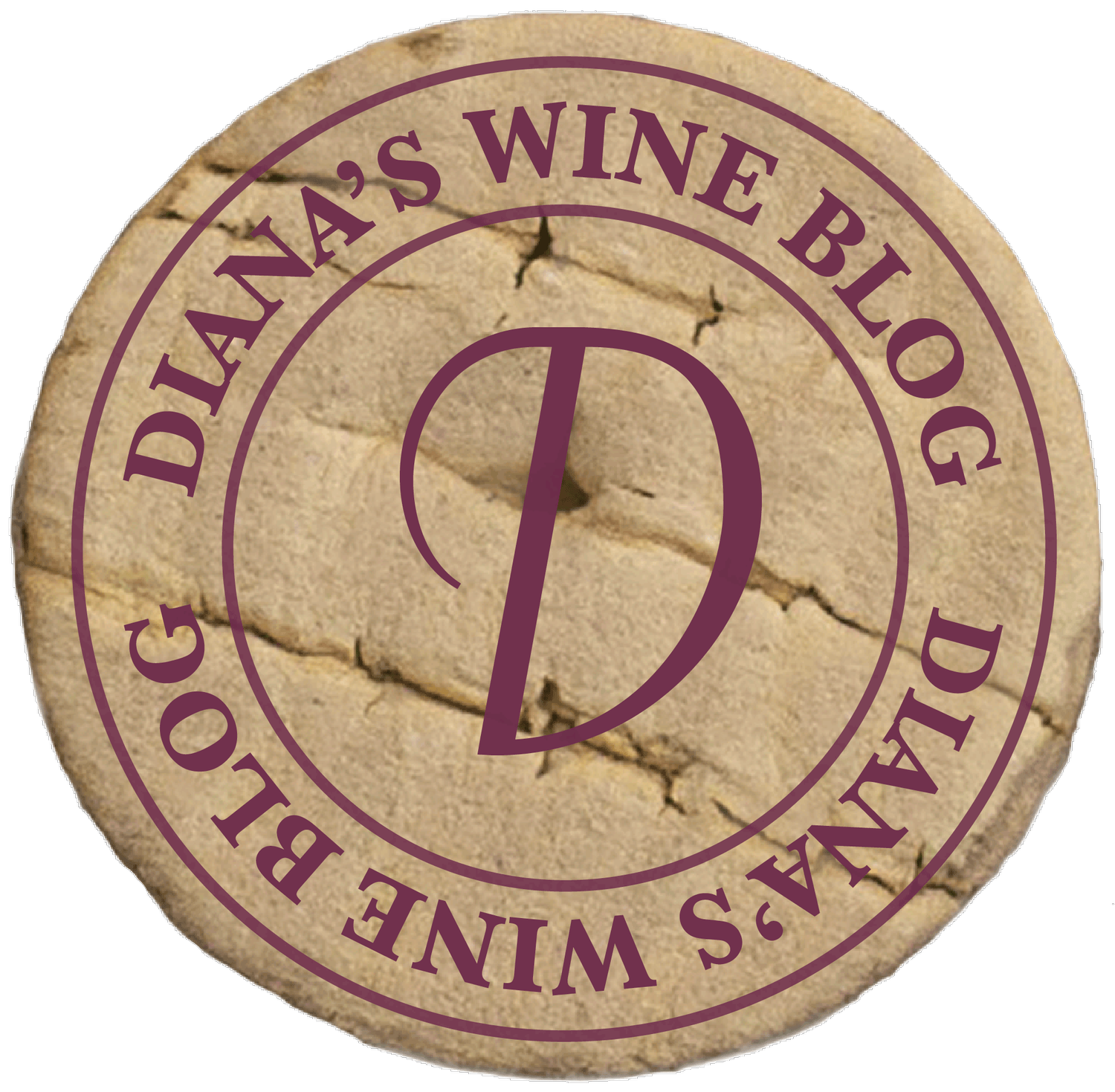A Sparkling Entry into a New Decade
Yes, of course, I mean sparkling wine. As New Year’s Eve and Day approach, I can think of no better beverage to welcome in the new year than sparkling wine! It bubbles, it foams, and the effervescence is intoxicating. The simple pouring of a glass invites celebration.
The first question then is what type of glass should you use? There are many traditional and even historical vessels that have been used, such as the open goblets which eventually morphed into the flute. The flute itself has become quite prevalent today, even in restaurants and bars. My suggestion would be to use a traditional white wine glass. You will still see the stream of bubbles and also enjoy the fresh, toasty aromas of the wine. Reidel has introduced a new performance glass that, in my experience, enhances the beauty of a sparkling wine.
Many people refer to sparkling wine as Champagne, yet the only ones that can accurately be called that hail from the Champagne region of France. All other sparkling wines from France (outside that region) are referred to as crémant. Sparkling wines are made all over the world and predominately are made in the Traditional Method (Methode Traditionelle). That method means that the secondary fermentation, which imparts the bubbles (CO2) into the wine, takes place in the bottle itself.
The grapes that are used to make sparkling wine differ across the countries. In Champagne and most of France, the main varieties are Chardonnay, Pinot Noir and Pinot Meunier (Moon-yeah). In France’s Loire Valley, they will also include Chenin Blanc. While traveling a short distance to Spain, where sparkling is known as Cava, the varieties include Xarel-lo, Macabeo, and Parellada. In Germany, of course, they will use Riesling. Sparkling wine in England is made from, as in France, Chardonnay, Pinot Noir and Pinot Meunier. In Italy, it is called Franciacorta and produced from a blend of Chardonnay, Pinot Noir and Pinot Blanc in the Lombardy region of Northern Italy. In the U.S., we follow France’s more traditional approach, using Chardonnay, Pinot Noir, and Pinot Meunier. One unique grape that is worth seeking out when you can is from those courageous Aussies, who have made sparkling wine out of Shiraz (AKA Syrah); and it’s a glorious wine to enjoy when you can find it.
So, what about some examples of enjoyable sparkling wines that will accentuate the mood and lift spirits? One of the best crafted, modestly prices bottles that has good production numbers and availability is Roederer Estate, Brut from Anderson Valley. There will not be any vintage date on the bottle. It may be marked NV – which means non-vintage. The reason most sparkling wines are not designated with a vintage is that each winery has a “house style” to preserve and produce. In order to do so, they must keep wine from various vintages to blend and deliver on their style. In some outstanding years, you will see vintage sparkling bottles; and you can expect to pay more. This lovely NV bottle from Roederer is priced about $25 and is available even in grocery stores.
A Champagne house that has large production numbers with great quality is Veuve Clicquot. It is readily available in many locations, and the price will vary on where you find the Brut Yellow Label bottle. In some grocery stores, I have seen it as high as $79 and in Costco as low as $45. It is a lush, toasty blend of Pinot Noir, Chardonnay and Pinot Meunier. I highly recommend this Champagne house for its quality and availability.
Sparkling wine is not just Non-Vintage with the residual sugar level called “Brut.” There is much more to sparkling wine, such as Blanc de Noir which is Pinot Noir-Pinot Meunier dominant. There is Blanc de Blanc, which as you can surmise is Chardonnay dominant. Additionally, there are eight levels of residual sugar that can be found.
The process of making sparkling wine is fascinating in itself. In the Napa Valley, there are two excellent tours that will enhance your knowledge and appreciation for what goes into the bottle that I recommend. One is Mumm, which will show you the path to producing its signature style and insight into the production of large volumes of sparkling. For a view of more Old World approach, visit Schramsberg in Calistoga. They still hand-riddle their bottles – the process of collecting the lees in the neck of the bottle for disgorgement – in the caves within Diamond Mountain. The seated tasting is a great experience of the range of sweetness and styles from vintage to NV.
It is a New Year and a New Decade! So much to learn and appreciate!!
Enjoy!

